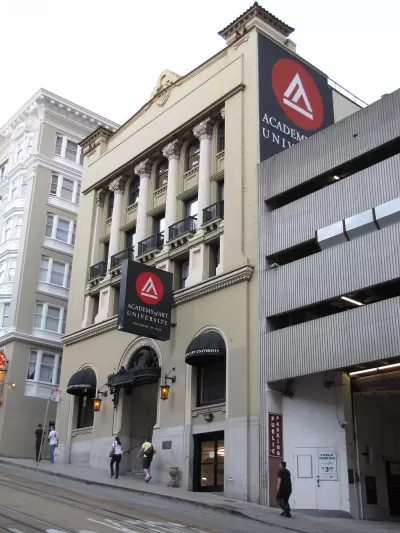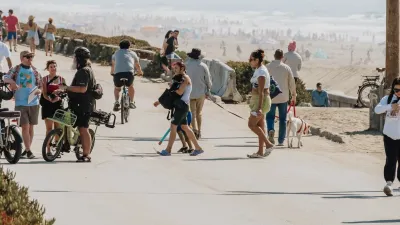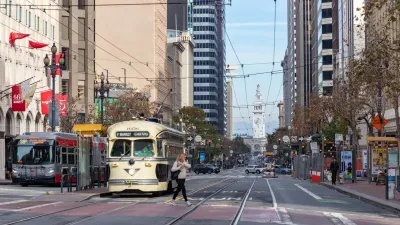Planning Commission hearings related to the SF-based real estate empire of the Stephens family shed light on a history of land use violations in a land-scarce city.

The Academy of Art University (AAU) in San Francisco has been owned by the Stephens family since its establishment in 1929. The website for the university states that "The Academy and San Francisco have grown up together," but some city residents believe the for-profit institution's growth has occurred without regard for land-use laws and in the face of a critical housing shortage.
Elisa Stephens, President of AAU, is referred to by her father, the university's founder, as the Princess, but former Planning Commissioner Ron Miguel refers to her as a scofflaw. Miguel was among those to offer public comment at a recent planning commission hearing to address the status of AAU's 31 planning code violations. Those violations relate mostly to a failure to obtain permits for converting over 40 buildings in prime SF locations to use for the school. According to Forbes reporter Katia Savchuk, these properties include rent-controlled housing.
"The Stephens family has turned that pile of art-school tuition into one of the largest real estate empires in San Francisco, with more than 40 properties in prime areas," Savchuk notes in a related article. Meanwhile, "In the 2013-14 academic year 55% of the school’s roughly 10,700 undergraduates had federal student loans totaling $45 million."
Savchuk reports on a vast network of political connections the Stephens family has cultivated over decades, including close ties to former Mayor Willie Brown and current Mayor Ed Lee.
"As enforcement limps on, AAU has continued buying new properties, and in some cases continuing to change the use of the buildings without informing authorities."
An environmental impact report is expected next year. Savchuck writes, "AAU plans to add another 1.2 million square feet in San Francisco by 2020, without building any new facilities, according to the report. If allowed, that would 'displace substantial numbers of people' from housing and businesses, the report says."
FULL STORY: How A For-Profit University Flouts San Francisco's Land-Use Laws

Trump Administration Could Effectively End Housing Voucher Program
Federal officials are eyeing major cuts to the Section 8 program that helps millions of low-income households pay rent.

Planetizen Federal Action Tracker
A weekly monitor of how Trump’s orders and actions are impacting planners and planning in America.

Ken Jennings Launches Transit Web Series
The Jeopardy champ wants you to ride public transit.

California Invests Additional $5M in Electric School Buses
The state wants to electrify all of its school bus fleets by 2035.

Austin Launches $2M Homelessness Prevention Fund
A new grant program from the city’s Homeless Strategy Office will fund rental assistance and supportive services.

Alabama School Forestry Initiative Brings Trees to Schoolyards
Trees can improve physical and mental health for students and commnity members.
Urban Design for Planners 1: Software Tools
This six-course series explores essential urban design concepts using open source software and equips planners with the tools they need to participate fully in the urban design process.
Planning for Universal Design
Learn the tools for implementing Universal Design in planning regulations.
Ada County Highway District
Clanton & Associates, Inc.
Jessamine County Fiscal Court
Institute for Housing and Urban Development Studies (IHS)
City of Grandview
Harvard GSD Executive Education
Toledo-Lucas County Plan Commissions
Salt Lake City
NYU Wagner Graduate School of Public Service





























